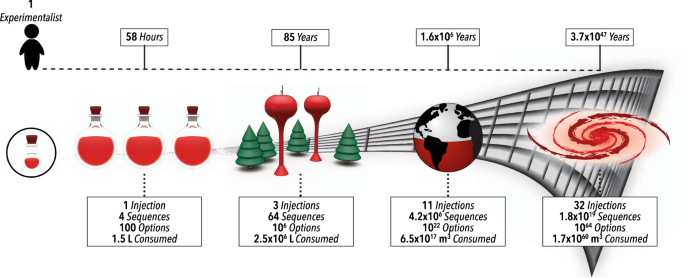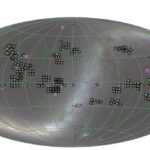2023-03-15 カリフォルニア大学サンディエゴ校(UCSD)
スクリプス海洋研究所の研究者たちは、HARPsと呼ばれる音響収集パッケージによって収集された音をコンピューターで処理する方法を開発し、音声分析と神経ネットワークを組み合わせた音響学の分野で大きな進歩を遂げた。この方法は、魚以外の動物の鳴き声にも応用可能である。
<関連情報>
- https://today.ucsd.edu/story/denoising-a-noisy-ocean
- https://asa.scitation.org/doi/10.1121/10.0017432
サウンドスケープ学習:海のサウンドスケープにおける魚の鳴き声の自動分離手法 SoundScape learning: An automatic method for separating fish chorus in marine soundscapes
Ella B. Kim, Kaitlin E. Frasier, Megan F. McKenna, Annebelle C. M. Kok, Lindsey E. Peavey Reeves, William K. Oestreich, Gabrielle Arrieta, Sean Wiggins and Simone Baumann-Pickering
The Journal of the Acoustical Society of America Published:15 March 2023
DOI:https://doi.org/10.1121/10.0017432

ABSTRACT
Marine soundscapes provide the opportunity to non-invasively learn about, monitor, and conserve ecosystems. Some fishes produce sound in chorus, often in association with mating, and there is much to learn about fish choruses and the species producing them. Manually analyzing years of acoustic data is increasingly unfeasible, and is especially challenging with fish chorus, as multiple fish choruses can co-occur in time and frequency and can overlap with vessel noise and other transient sounds. This study proposes an unsupervised automated method, called SoundScape Learning (SSL), to separate fish chorus from soundscape using an integrated technique that makes use of randomized robust principal component analysis (RRPCA), unsupervised clustering, and a neural network. SSL was applied to 14 recording locations off southern and central California and was able to detect a single fish chorus of interest in 5.3 yrs of acoustically diverse soundscapes. Through application of SSL, the chorus of interest was found to be nocturnal, increased in intensity at sunset and sunrise, and was seasonally present from late Spring to late Fall. Further application of SSL will improve understanding of fish behavior, essential habitat, species distribution, and potential human and climate change impacts, and thus allow for protection of vulnerable fish species.



